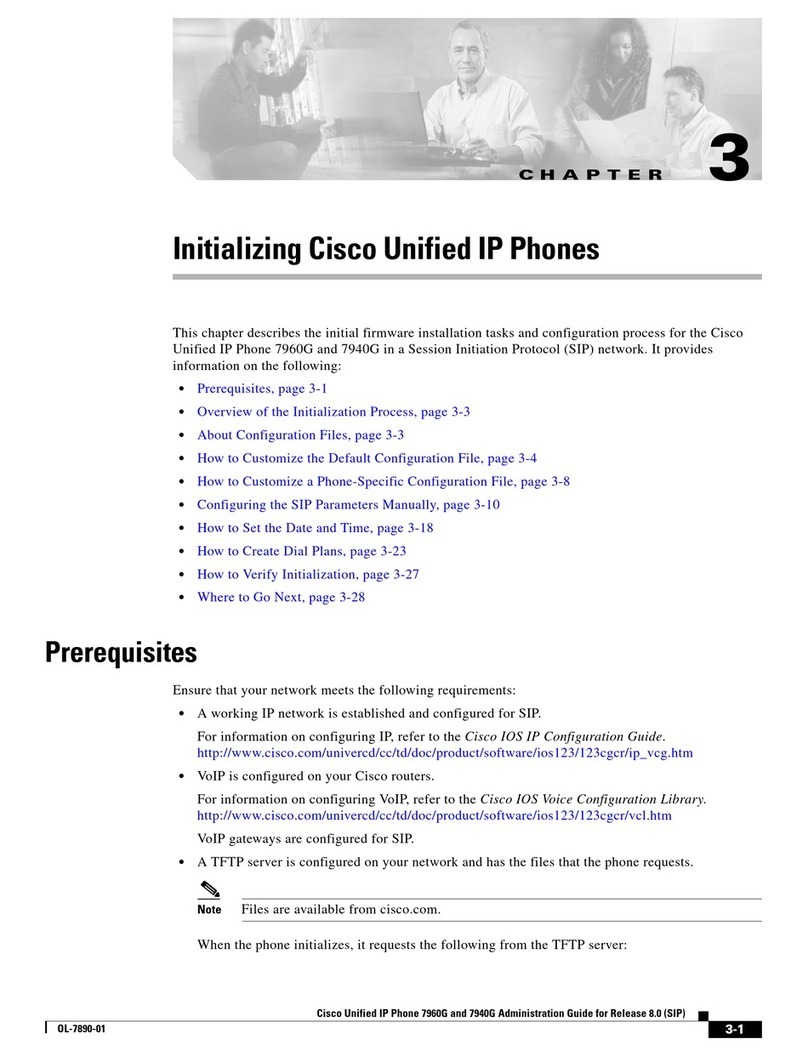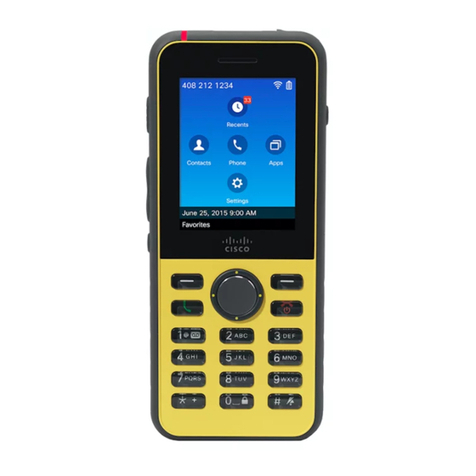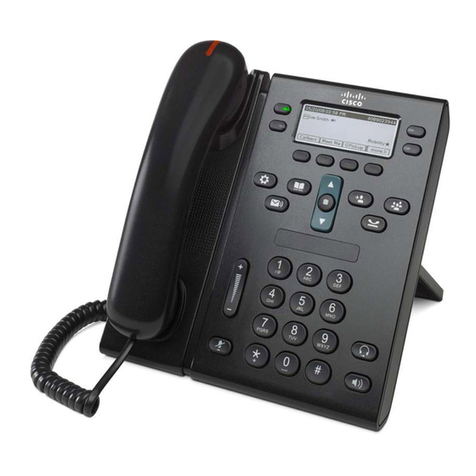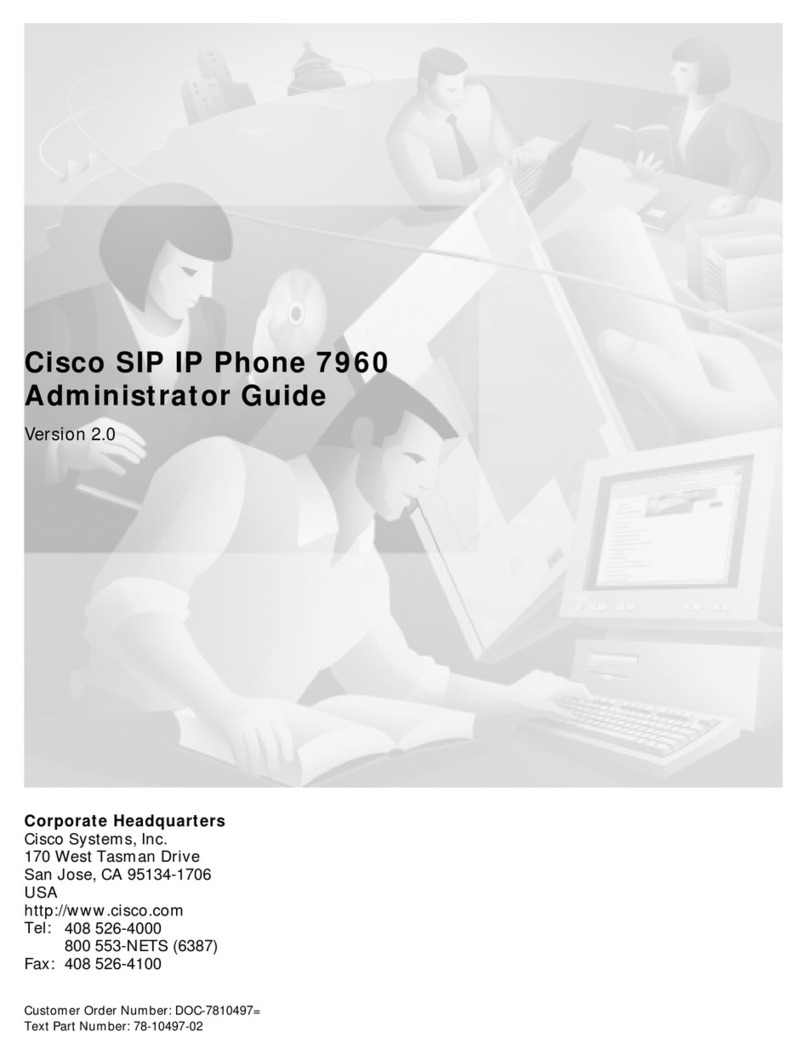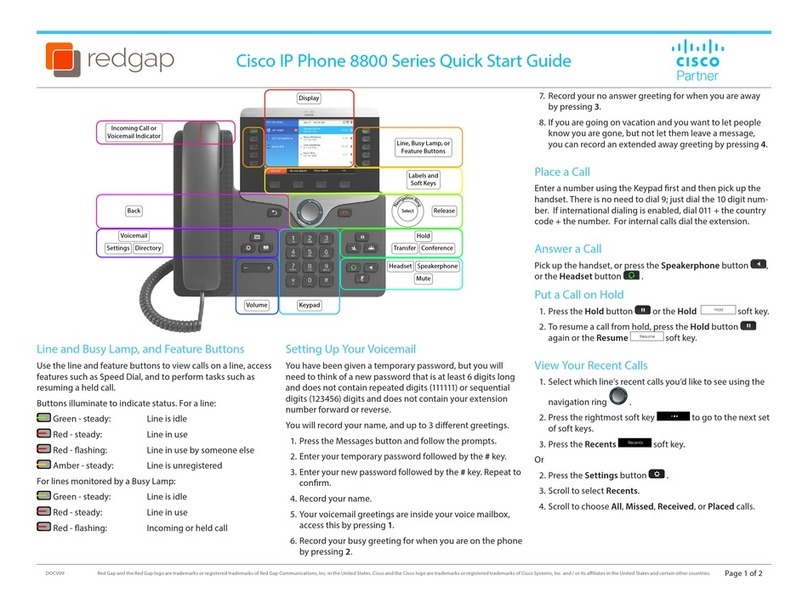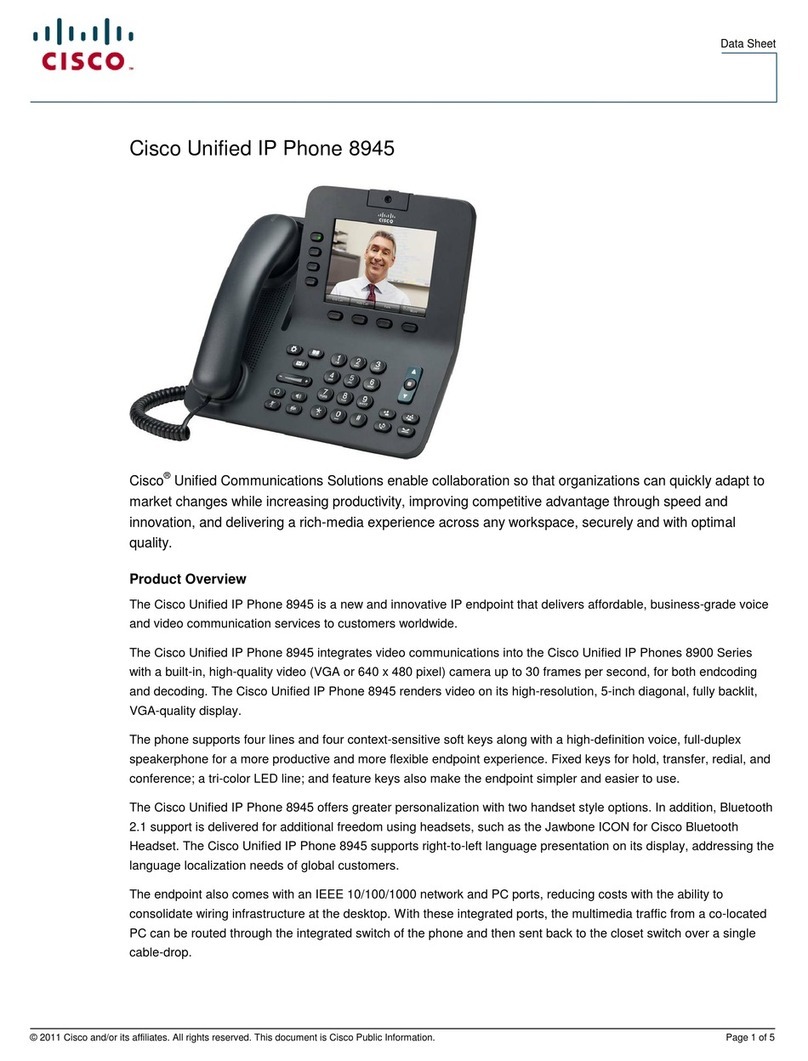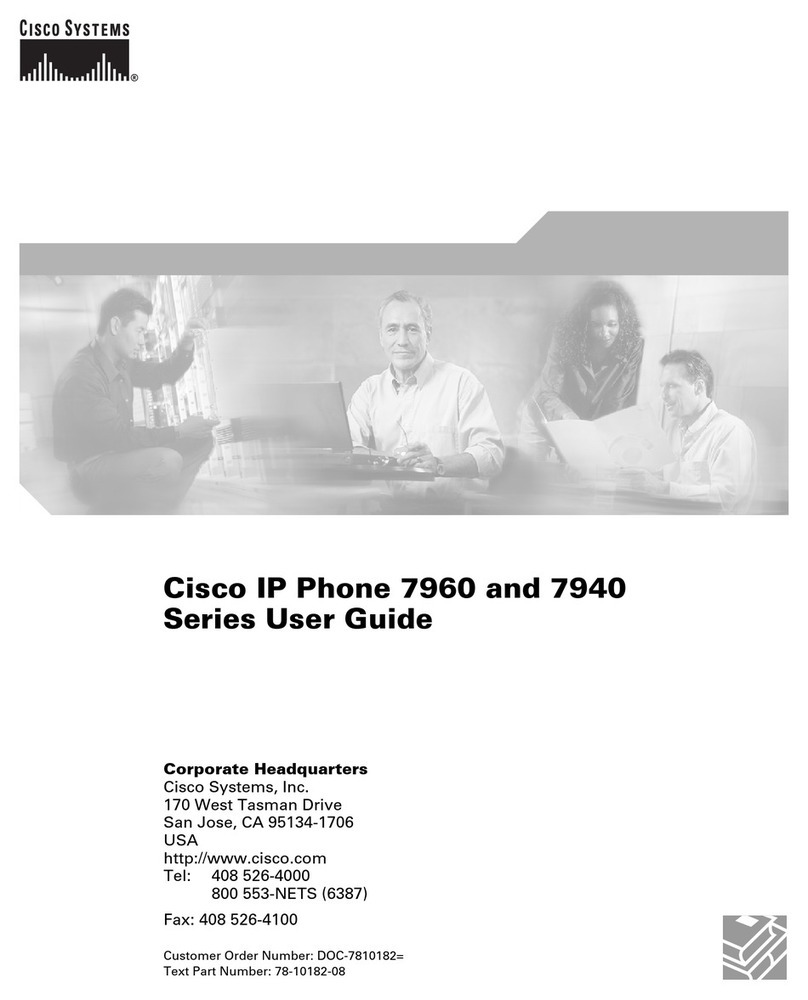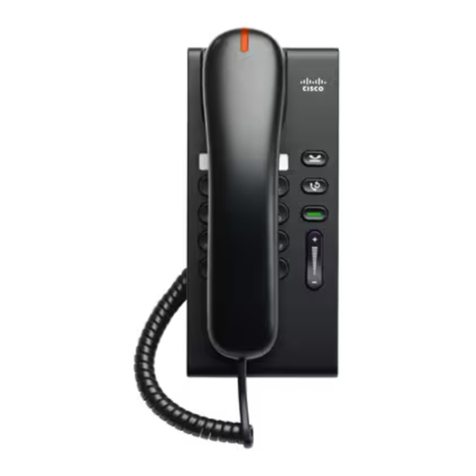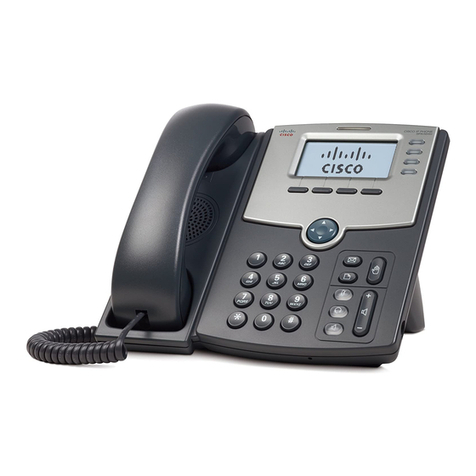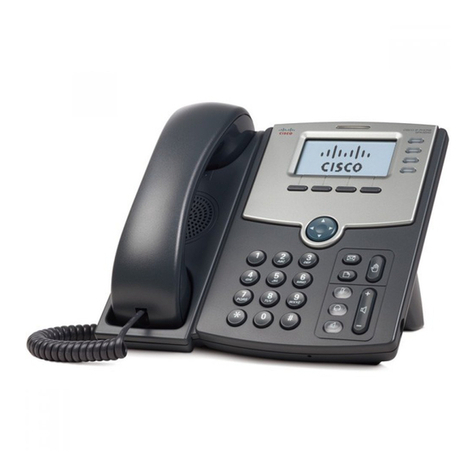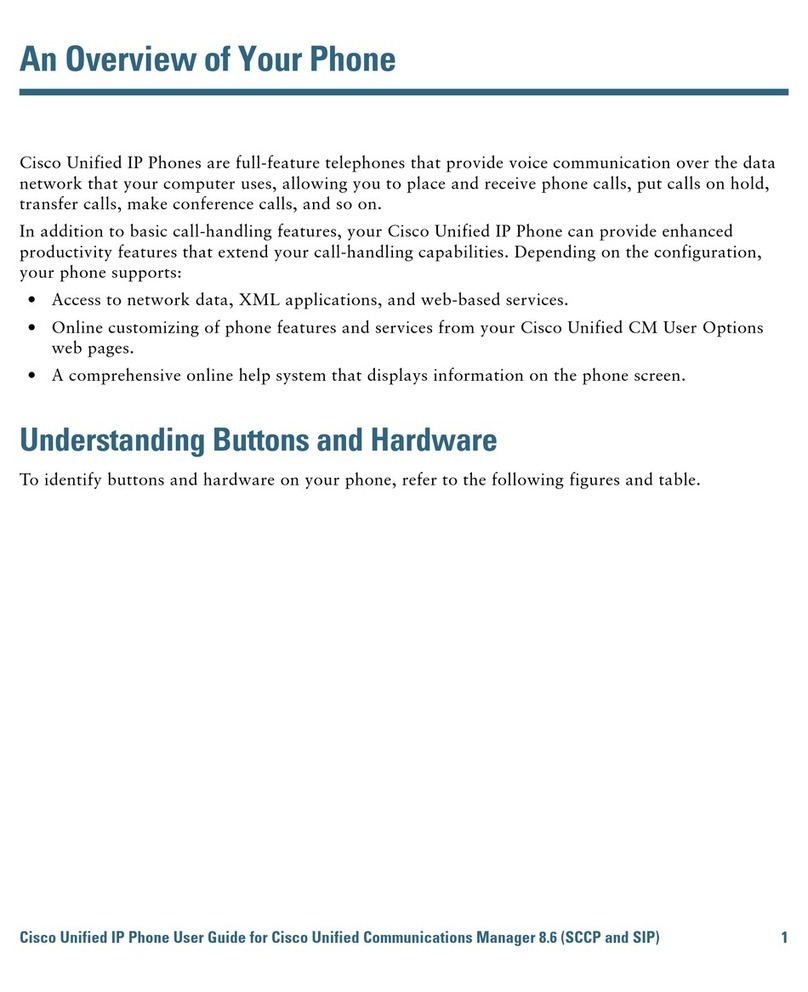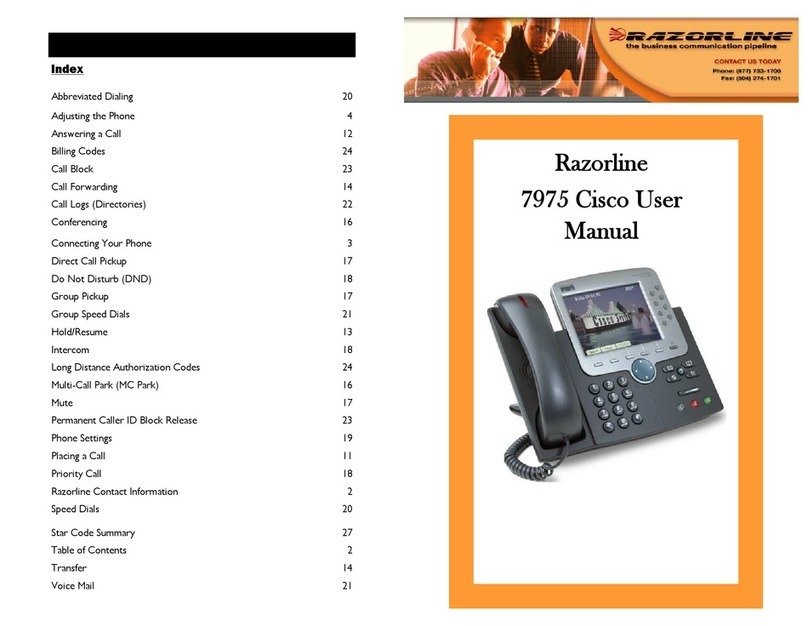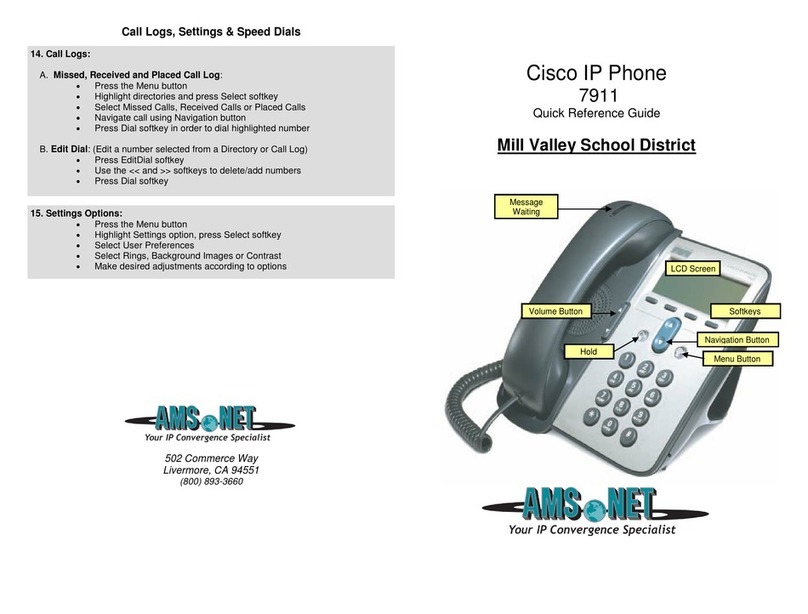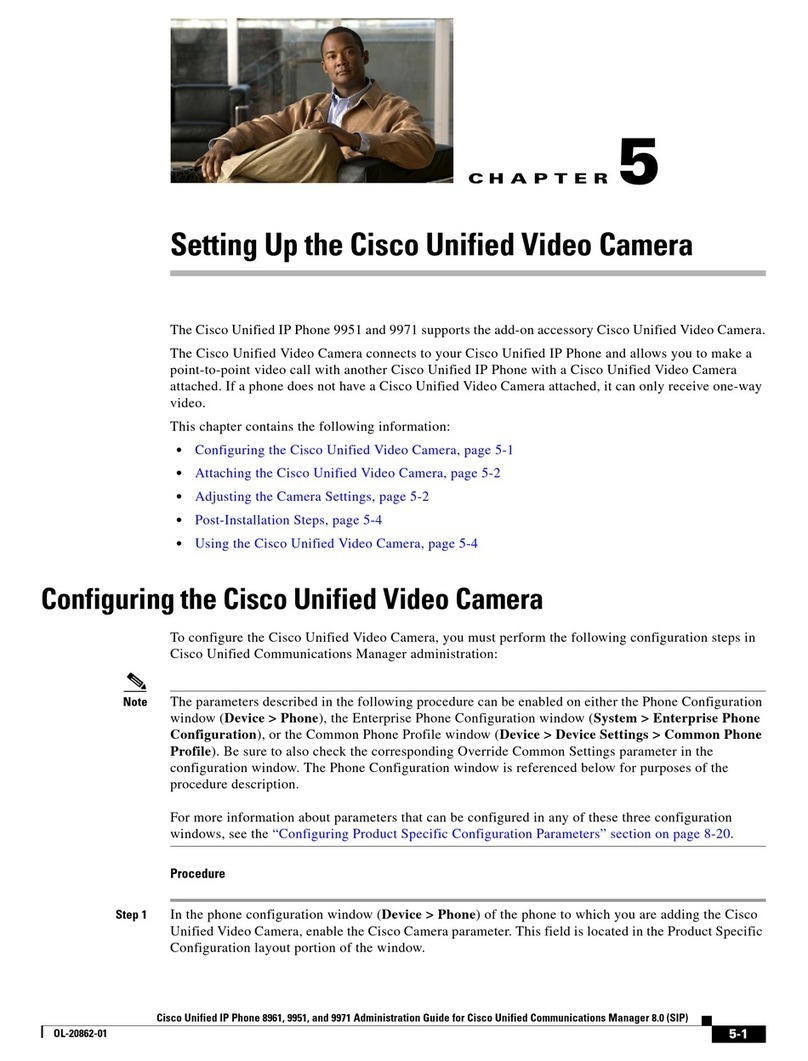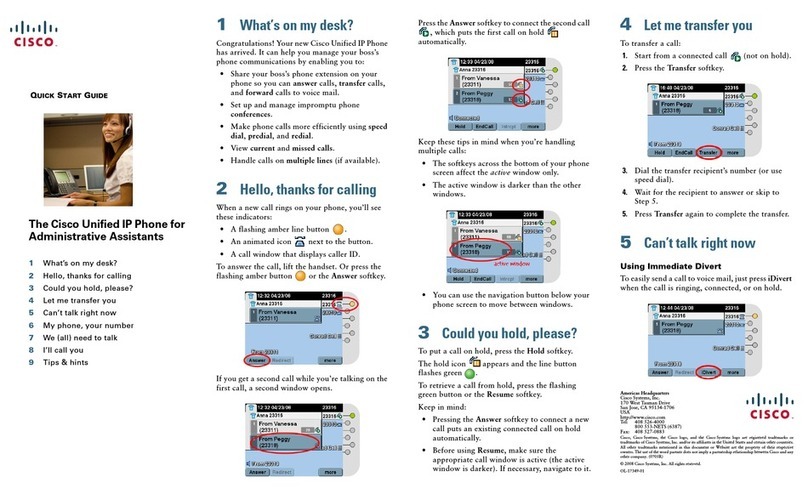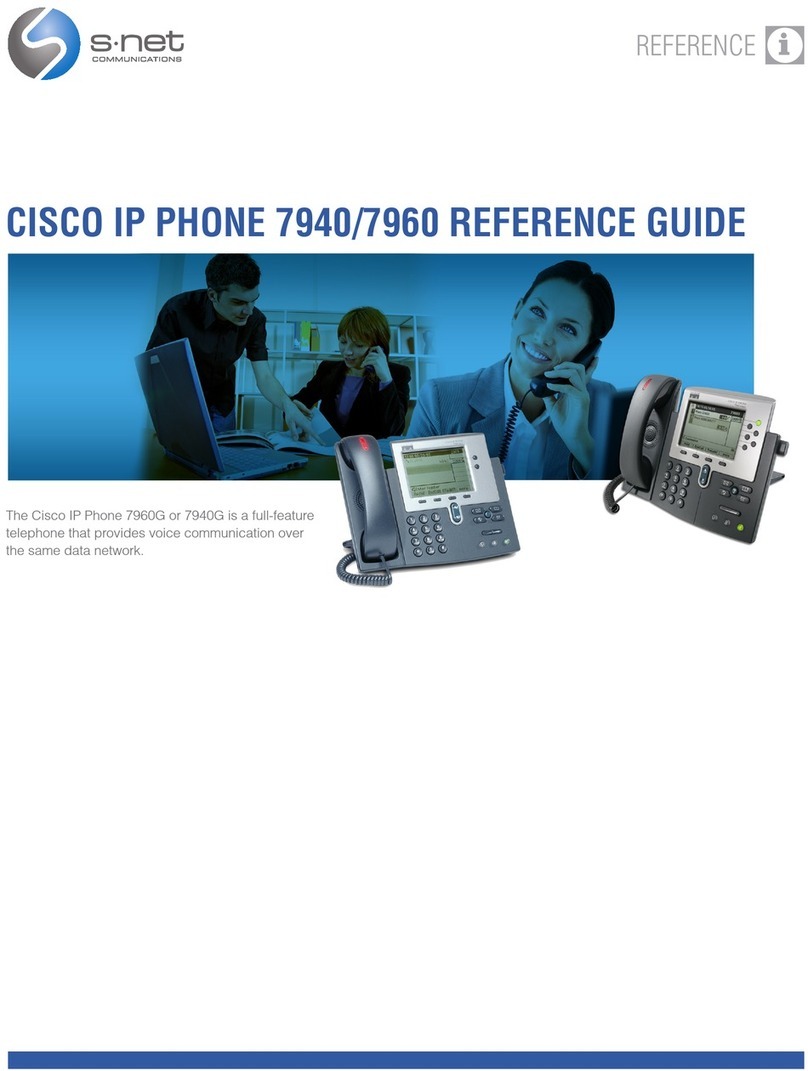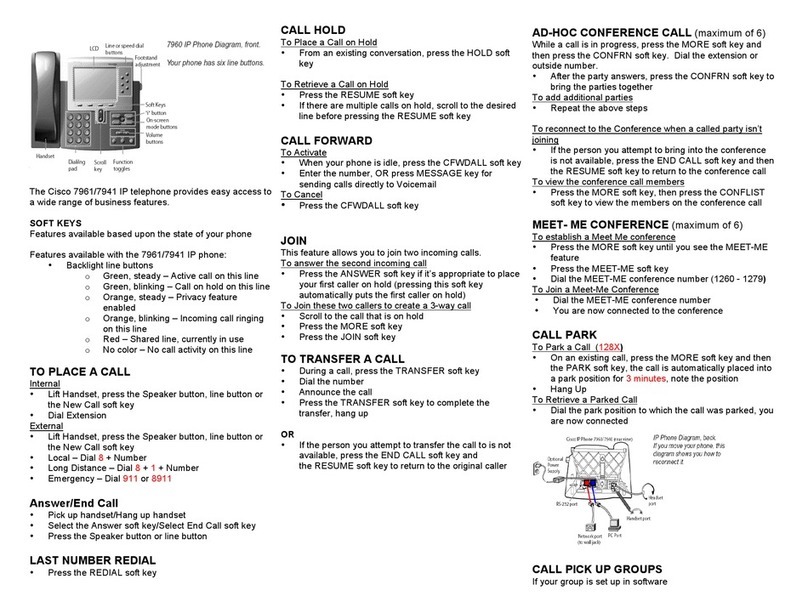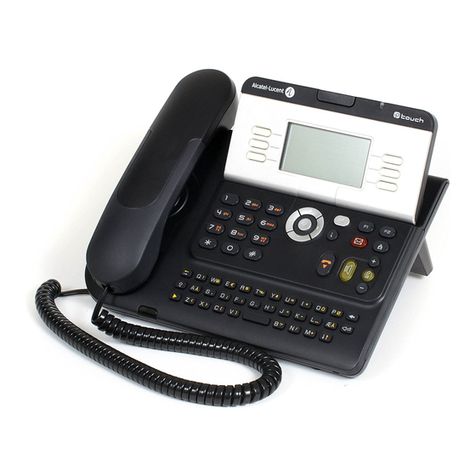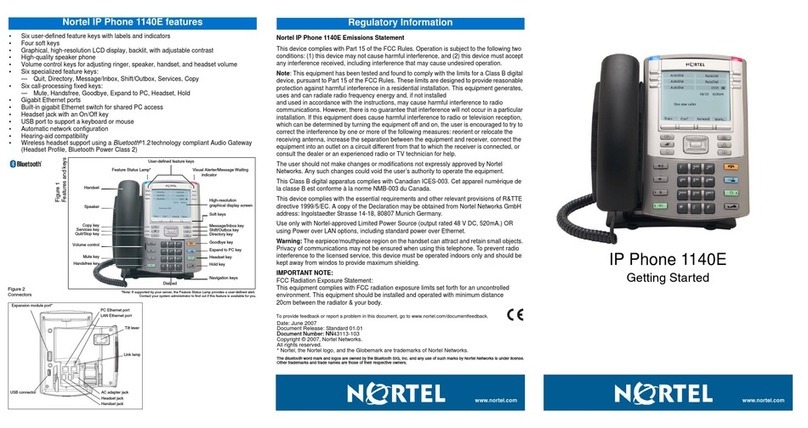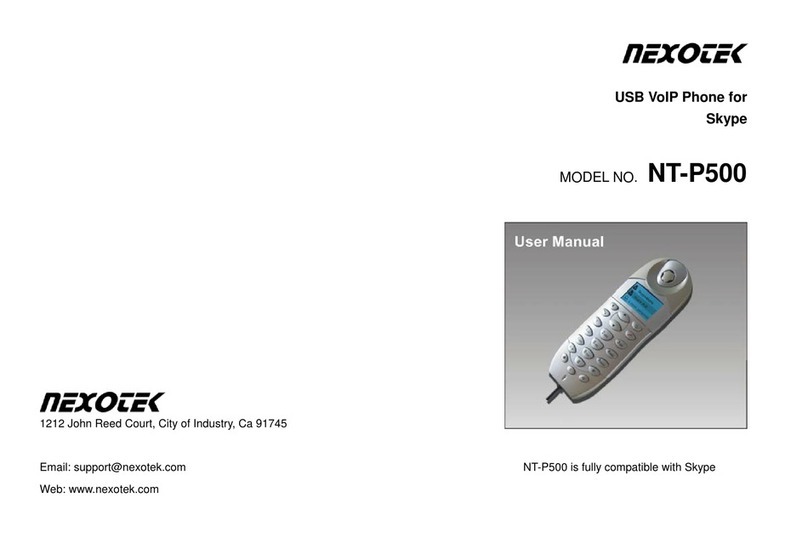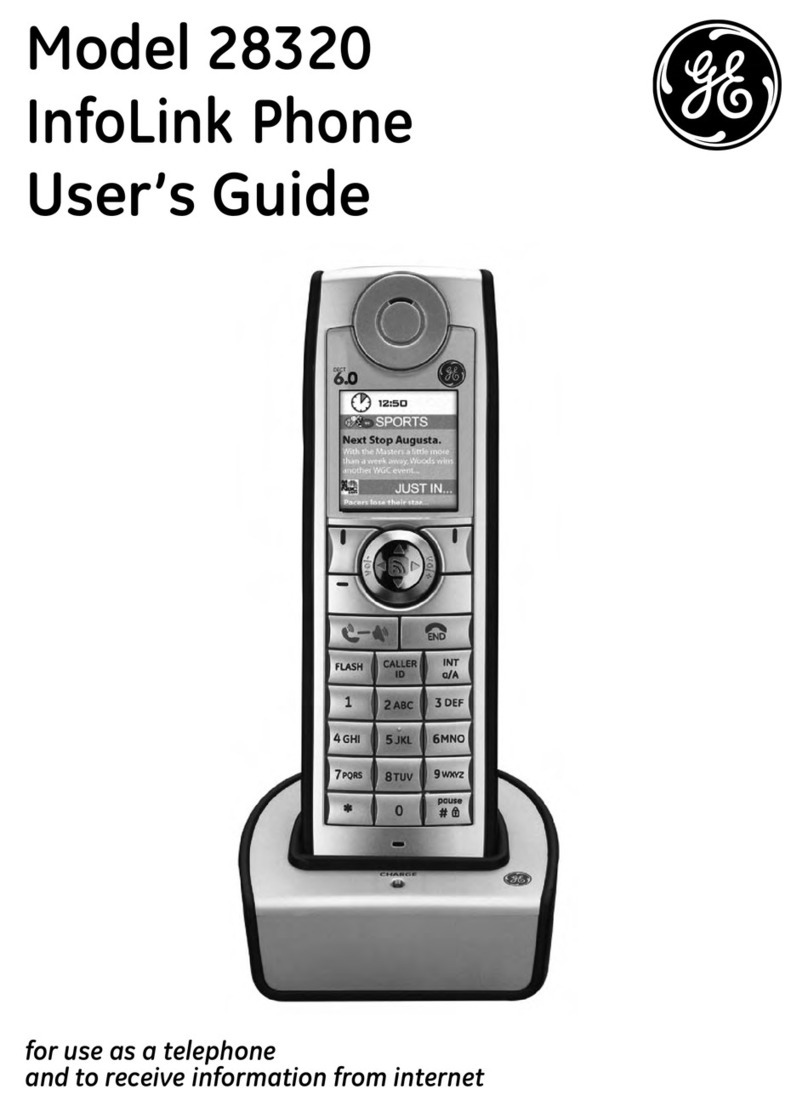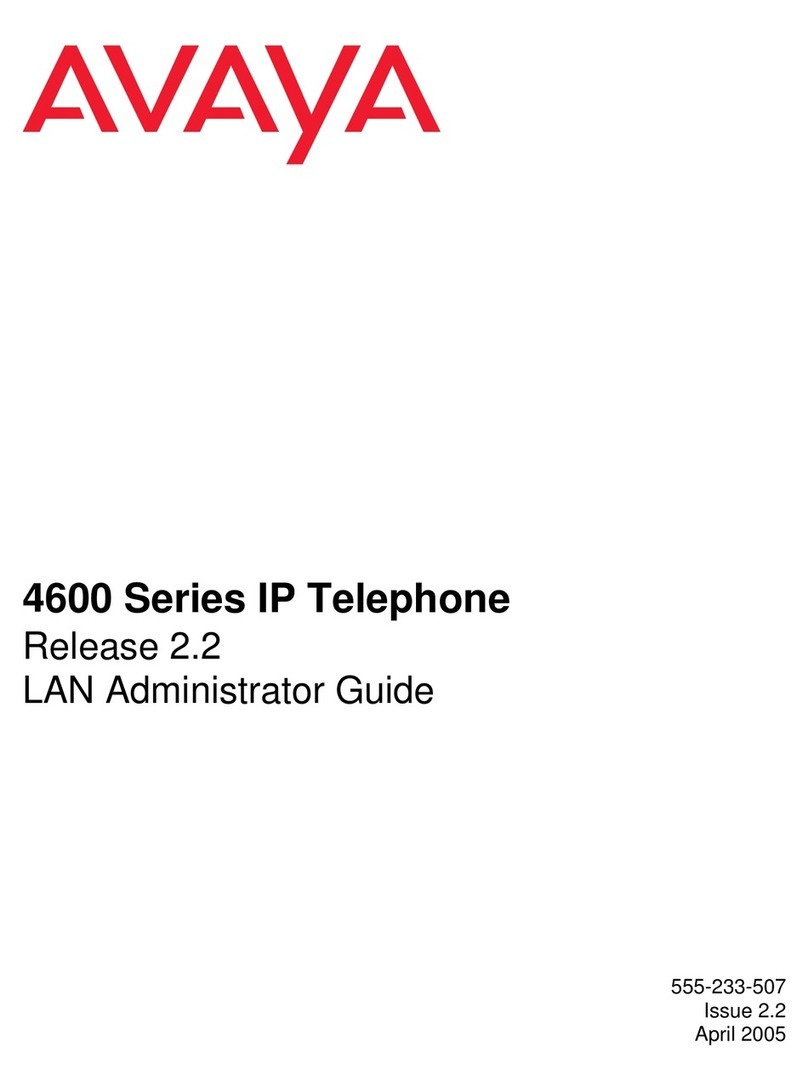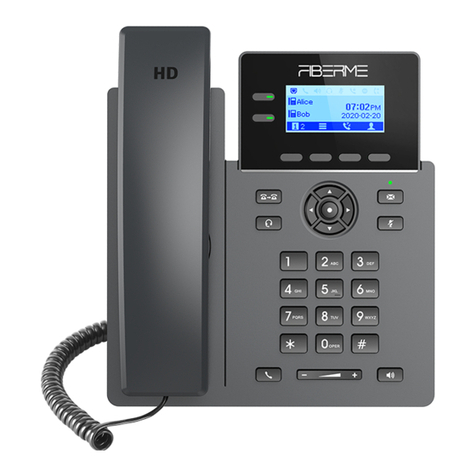
Cisco Unified IP Phone
•Phone Overview, on page 1
•Cisco Unified IP Phone 6901, on page 2
•Cisco Unified IP Phone 6911, on page 4
•General Phone Information, on page 8
•Network Protocols, on page 10
•Cisco Unified IP Phone 6901 and 6911 Supported Features, on page 14
•Cisco Unified IP Phones Security Features, on page 16
•Cisco Unified IP Phone Deployment, on page 24
•Phone Power Reduction, on page 28
•Terminology Differences, on page 28
Phone Overview
The Cisco Unified IP Phone 6901 and 6911 provides voice communication over an Internet Protocol (IP)
network. The Cisco Unified IP Phone functions much like a digital business phone, allowing you to place and
receive phone calls. The Cisco Unified IP Phones in this guide have the following attributes:
• Cisco Unified IP Phone 6901 supports basic features such as hold, redial, transfer, and conference.
• Cisco Unified IP Phone 6911 supports advanced features such as mute, hold, transfer, conference, speed
dial, call forward, and more.
A Cisco Unified IP Phone, like other network devices, must be configured and managed. These phones encode
G.711a, G.711mu, G.729a, G.729ab, and iLBC codecs, and decode G.711a, G.711mu, G.729, G.729ab, and
iLBC codecs. These phones encode and decode the codecs in similar manner.
Using a cell, mobile, or GSM phone, or two-way radio in close proximity to a Cisco Unified IP Phone might
cause interference. For more information, refer to the manufacturer’s documentation of the interfering device.
Caution
For more information, see the Cisco Unified IP Phone 6901 and 6911 User Guide for Cisco Unified
Communications Manager (SCCP and SIP).
Cisco Unified IP Phone
1

